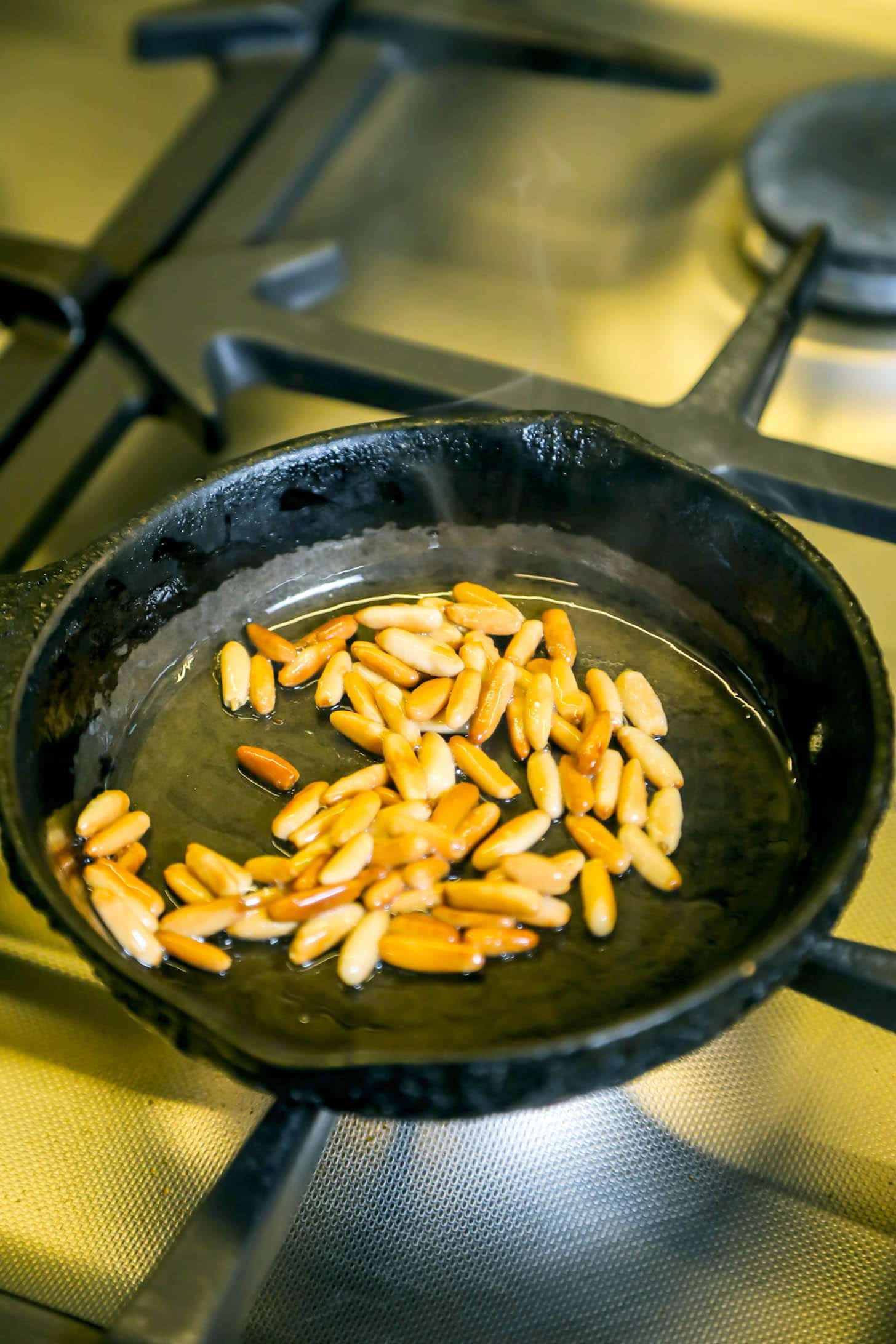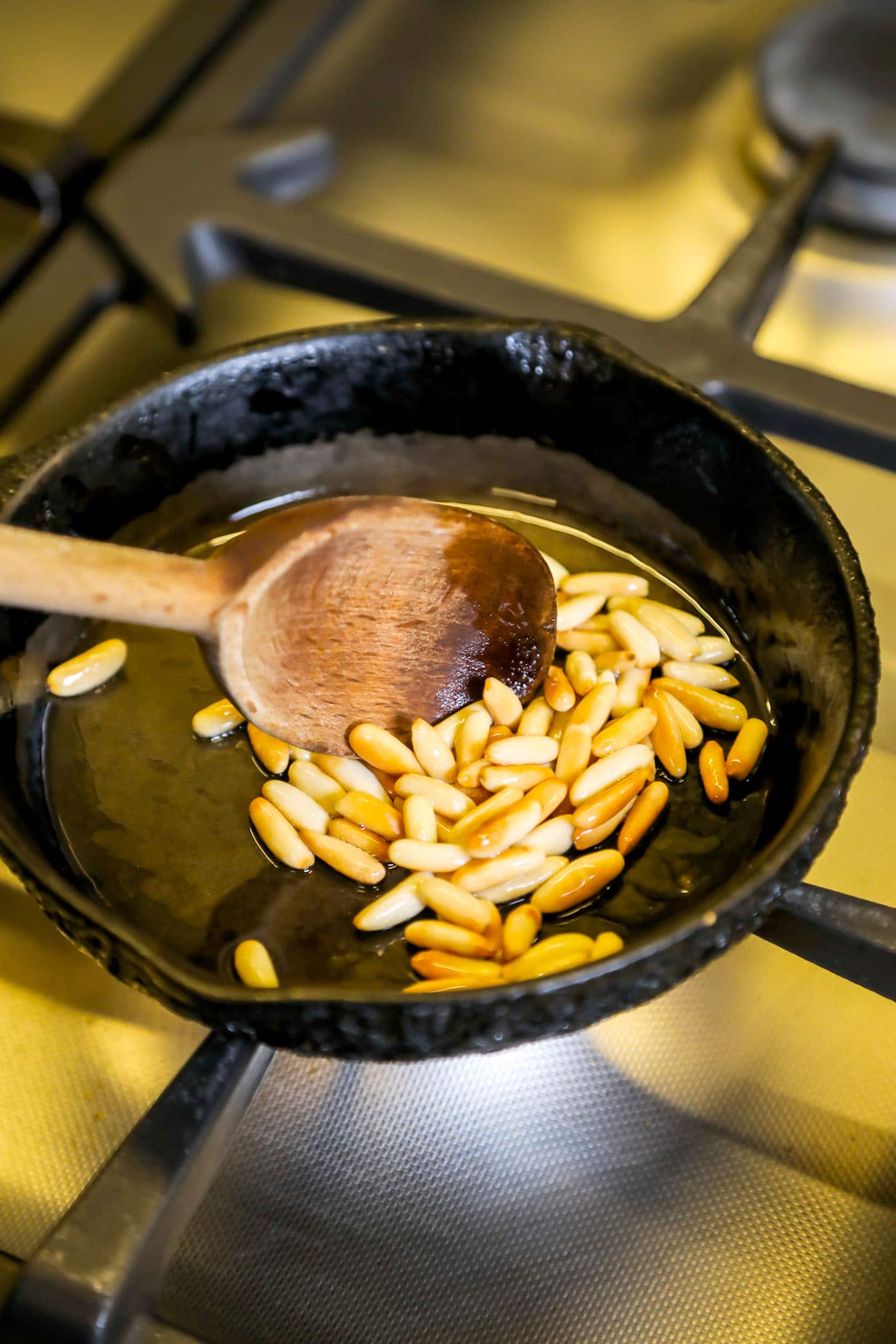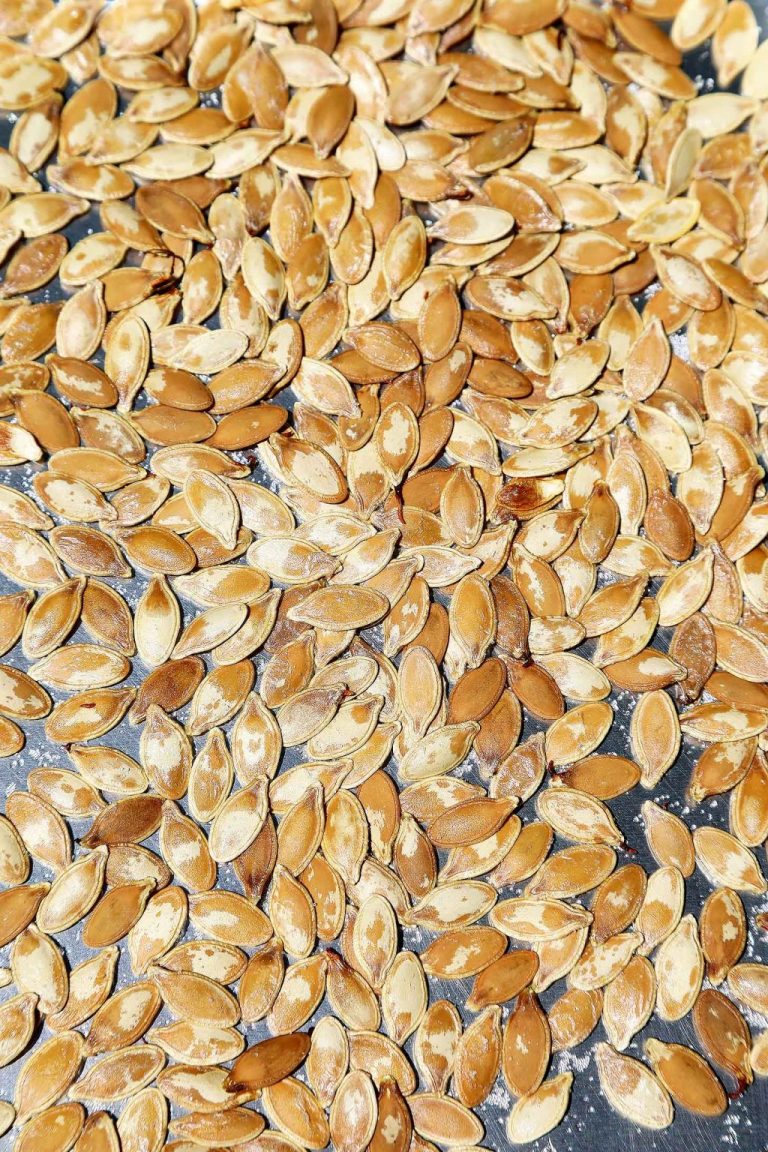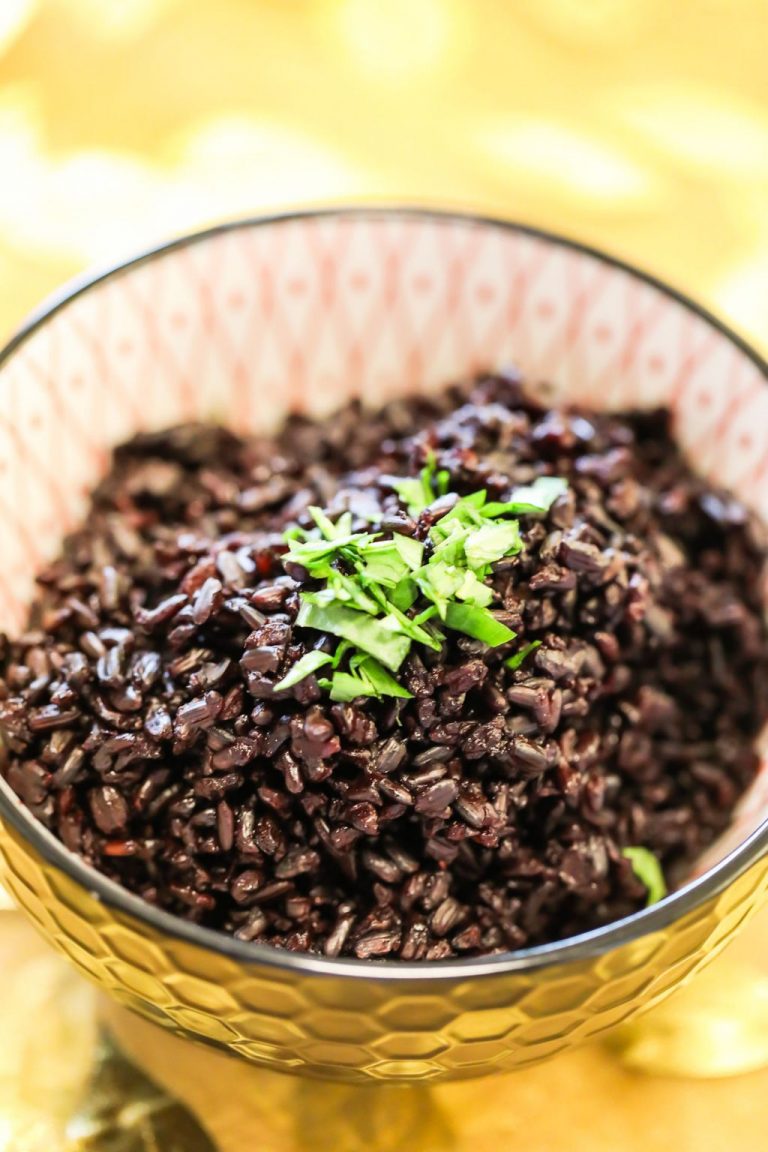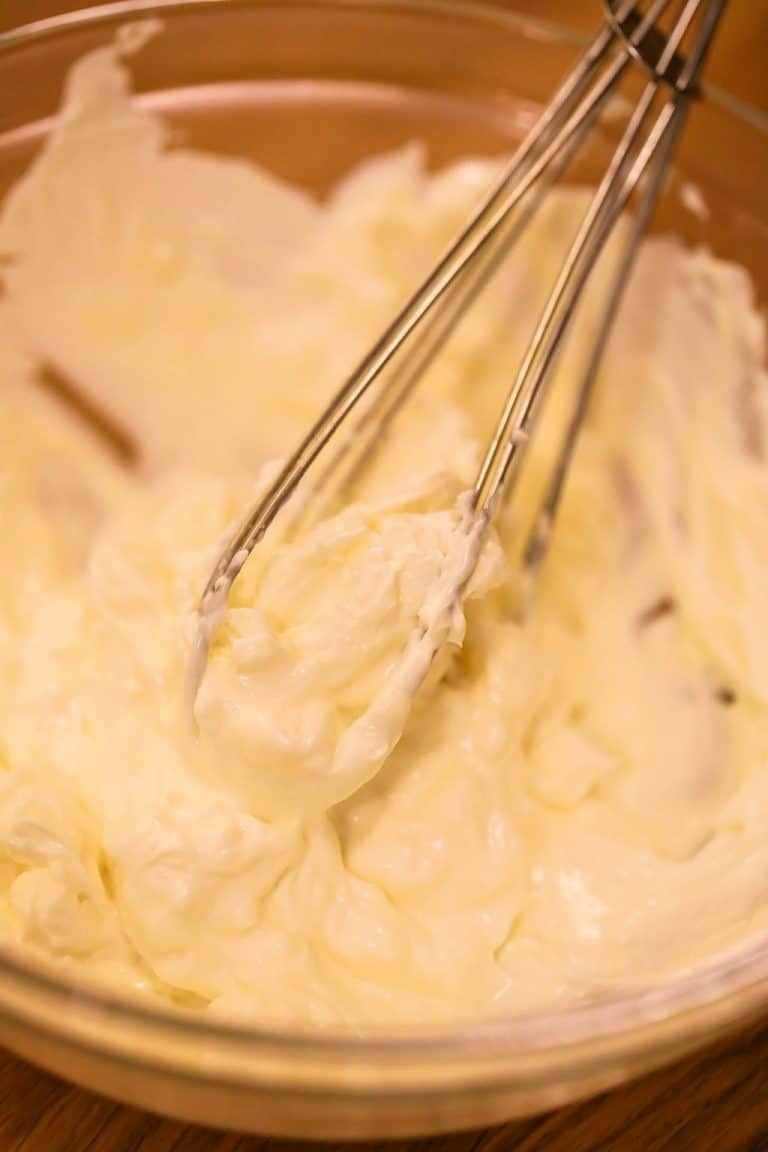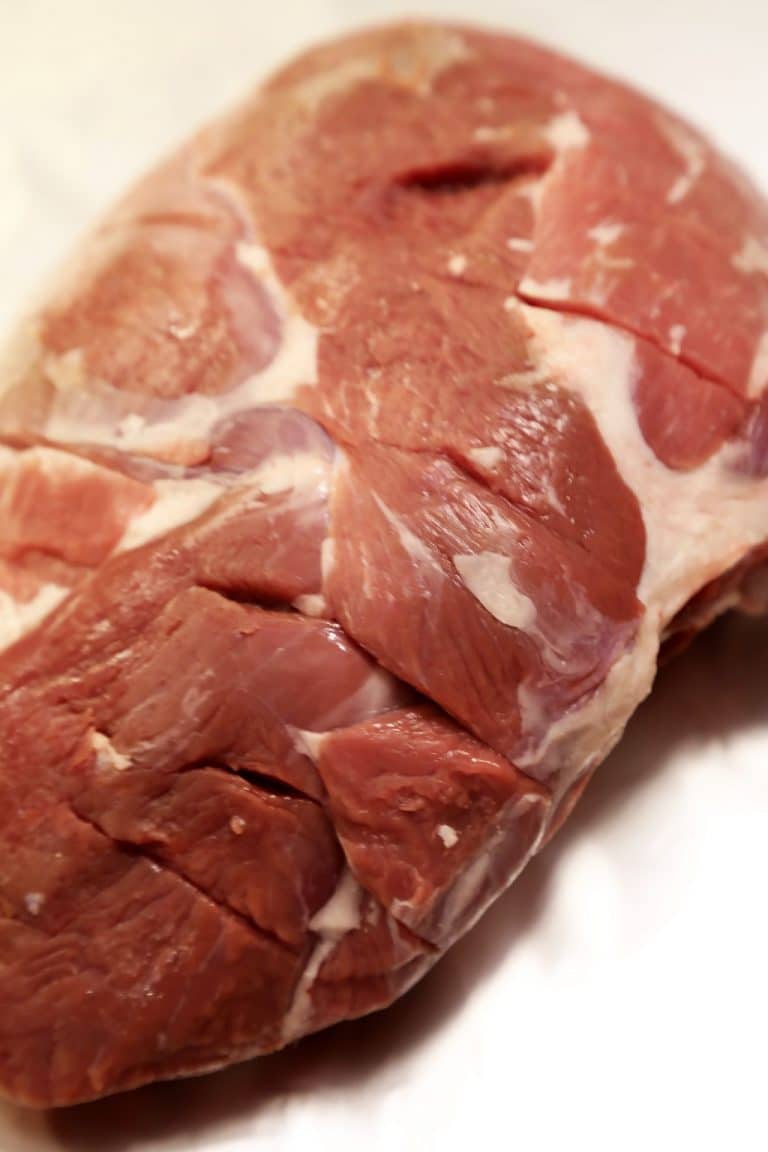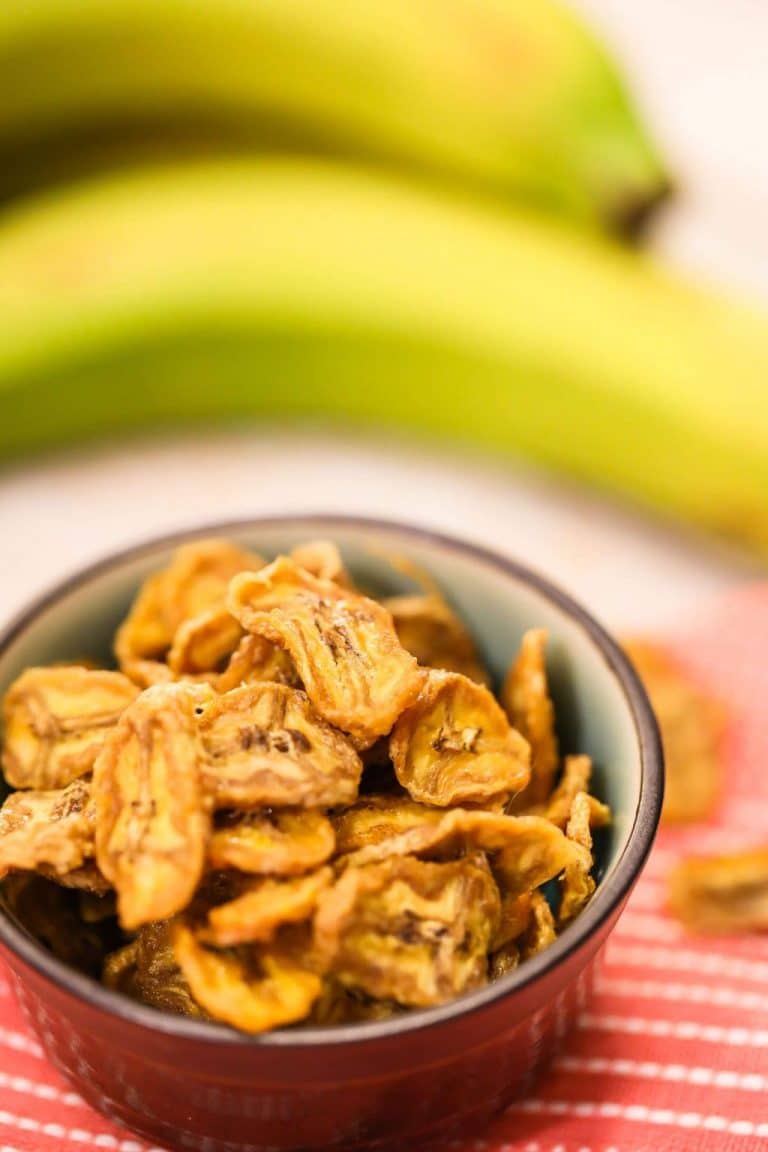How to Toast Pine Nuts
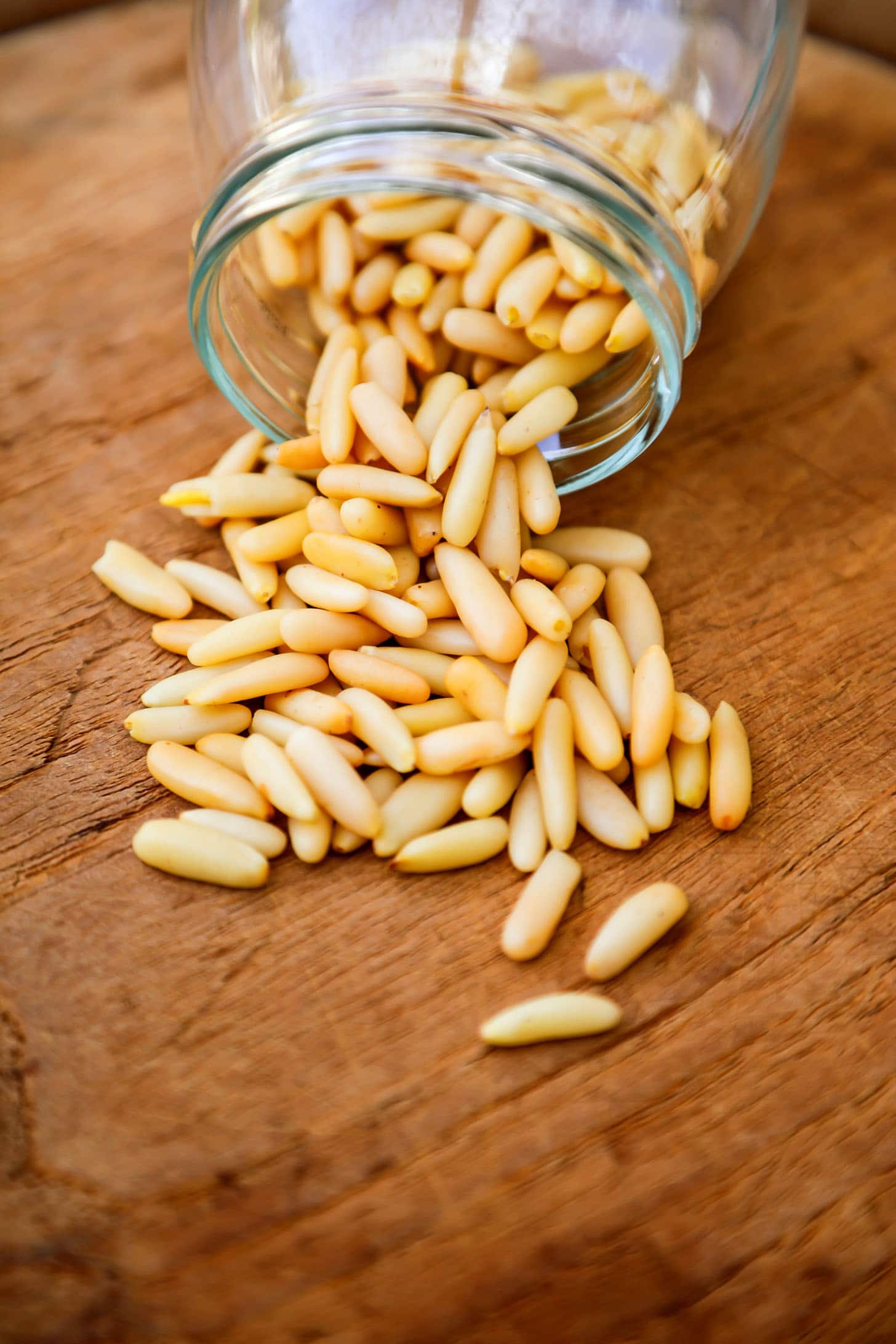
Pine nuts are one of the most delicious nuts you can find out there in the world of nuts.
They are mostly used as a garnish to finish a dish, or added for some additional flavor and crunch.
However, there are some recipes where these nuts are an integral part, such as pesto sauce, or musakhan.
This type of nut is incredibly popular in the Middle East, and are even added to some hummus dishes.
What are Pine Nuts?
Pine nuts are the edible seeds of the pine tree, also known as “pignoli nuts”, and are small, shaped like a teardrop, with an ivory color.
They grow inside the thick shell of pine cones, and measure about half an inch long, with a soft texture, and a sweet distinctive flavor.
The nut is rich in protein with all 20 amino acids, and highly concentrated in 8 of the 9 amino acids required for growth.
In the United States, pignoli nuts are gaining in popularity as more and more people become familiar with them.
Many cultures around the world have been eating pignoli nuts for generations.
How to Toast Pine Nuts
The best method for toasting pine nuts is to use a cast iron pan, although other pans will do.
Pour a dash of olive oil in the pan and heat it over medium heat, then add the nuts.
Using a wooden spoon, stir pretty constantly so as not to burn the nuts.
Once the nuts have turned the color that you favor, remove them from the heat and pour them out of the pan so they stop cooking.
You can also toast pine nuts in the oven as well; just note this process will take longer.
Place the nuts on a baking sheet and place in a preheated oven; give the tray a shake periodically until nuts are done.
A History of These Tree Nuts
Pine nuts have always been an important source of food for thousands of years.
Ethnobotanists have found evidence of the use of these nuts through the carbon dating of materials found in anthropological digs.
From Ancient Greece to Roman times, dating back to around 300 B.C. these nuts were found in the ancient kitchens of Pompeii.
And the very early Greeks even put pine nuts in their stuffed grape leaves, a recipe that lives on to this day.
Evidence is plentiful that Roman soldiers, who first explored England, carried with them bags of the pine seeds.
Pine nuts spread across the Mediterranean region to Palestine and beyond to Georgia and the Black Sea between 6,000 and 10,000 years ago.
These nuts were widely used by Native Americans, who harvested, crushed, and stored them in baskets for the winter.
They were even used in early medicine when it was believed they were good for gout and cataracts.
In the Balkans, they believed that anyone who ate nuts from the pine tree became somewhat invincible. .
And according to Johan’s Guide to Aphrodisiacs, pine nuts were known as a kind of early Viagra.
The Roman poet Ovid referred to them as “the nuts that the sharp-leaved pine brings forth” and recommended eating pine nuts with honey and almonds.
If you did this for three consecutive nights, you would be guaranteed enhanced sexual performance.
Later, an unnamed Arab herbalist was more specific with the recipe for any expected nights of passion.
For anyone interested the recipe goes like this, “a glassful of honey, twenty almonds, and one hundred twenty pine nuts.”
Why are These Nuts so Expensive to Purchase?
Pine nuts are becoming well known for their high price due to several reasons.
First of all, the period of time needed for these trees to produce nuts is a very long one.
Even though there are about 20 species of pine tree that produce seeds large enough, harvesting the nuts is very labor intensive.
It takes 18 months for the seeds to mature, and only then do the cones begins to open for access.
After picking the cones, the nuts need an additional 20 days to dry in the sun.
At the end of the extraction and drying process, the nuts will be fully mature, and ready to store in burlap bags..
Second, climate change is actually affecting the price of the these seeds, like many other crops.
Most pine nuts are grown in China and Russia, where they have suffered in quality due to the changes in climate.
All of this while the demand for this type of nut is growing.
More and more people are getting used to the taste and looking to include the nuts in their food.
Note
In extremely rare occurrences, some people will experience something called “pine nut syndrome”.
In this incidence a metallic or bitter taste can remain in the mouth for up to two weeks.
Known colloquially as pine nut mouth, it is very very unusual, and unlikely to occur in most people.

